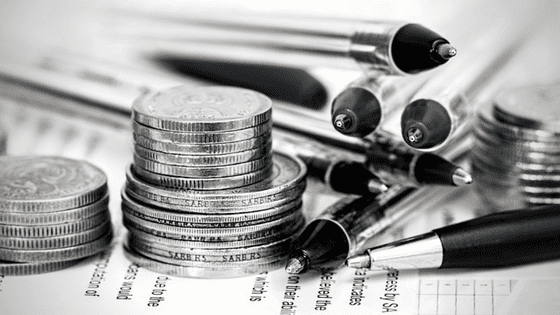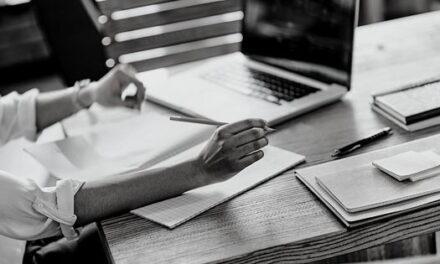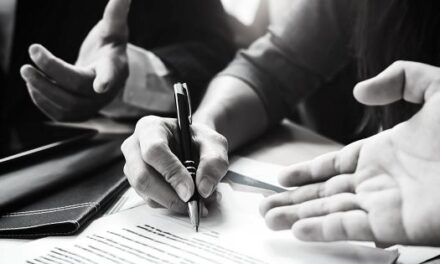Current fires in Australia are introducing circumstances we have never experienced, and we have never considered to prepare for.
Unfortunately, this could be our way of life in the future, so we all need to start thinking how to prepare ourselves should this happen to us. Fires, floods can happen anywhere and anytime in Australia. If you think that just because you are in the city – you are safe – think again.
It is beautiful to see how in those horror days people are helping, supporting and assisting each other.
It made me think: “How can I help and provide assistance and advice within my professional capacity of financial planning”?

As an answer to this question, I have prepared some recommendations that should help you be prepared financially for disaster:
- Establish your own emergency account
Contribute money each time you are paid to a separate bank account (organise automatic funds transfer) until you have the balance that will cover 3-6 months’ worth of your living expenses. If the disaster strikes, you might not be able to keep on drawing funds from your mortgage or your credit card to cover your daily living expenses (sadly many young families live ongoingly on credit). Look for accounts that will pay you higher interest rates.
- Make sure your personal, financial and legal documents are safe
Organise certified copies of all your financial and personal documents that are essential part of your life:
- Birth certificate, marriage certificate, wills, POA, passport, insurance policies, trust deeds, company agreements if you run a business, photographs.
- If you keep copies of documents and your photos on computer – copy all to the external hard-drive for safety.
- Purchase fire and water-proof safe (you can get them from Bunnings).
- Keep all your documents listed above together with your photographs in your new safe well placed in your home.
- Check if your home and contents insurance policy is correct and current
Every time we see disaster, we hear horror stories about families financially ruined, because they had no property insurance. This is a must. You must check the insurance cover for your building and your contents. Make sure that the amount of cover is sufficient to rebuild your home and repurchase your contents as brand new.
Check if your policy covers you for floods and fire. Check the PDS carefully to understand any exclusions.
- Review all other insurances you have in place – or maybe you should consider having them
Home & contents insurance are only part of the story. You need to ensure you have your life insurance, income protection, health insurance, motor insurance in place. You need to check if the cover is correct, sufficient and will really pay out when disaster strikes. W all see insurance as a waste of money until the moment we need it.
- Have your “get out fast” bag
In case of emergency, you might not have time to organise yourself and take things you really should have with you. Prepare the “get out fast” bag, or back-pack with all prepared essentials:
- Originals of all your documents (passport, driving licence, birth and marriage certificates, wills, Powers of Attorney, copies of all insurance policies, trust deeds and your company documents, if you have any) – place all in a plastic bag to keep all documents safe from water and flying around your bag.
- Cash and bank cards (or credit cards) – make sure however, that you have cash on you, as ATMs may not operate in the area of disaster
- Medication and prescriptions if you have any health issues.
- Organise your “Emergency kit”
This is a great source of information, provided by the Queensland Government, but will apply to any area in Australia: https://www.qld.gov.au/emergency/dealing-disasters/prepare-for-disasters/emergency-kit
Obviously, all this activity is precautionary, none of us want to be in the situation of any disaster, but as they say – Better safe than sorry – so be responsible and be prepared and let’s all stay safe.





















